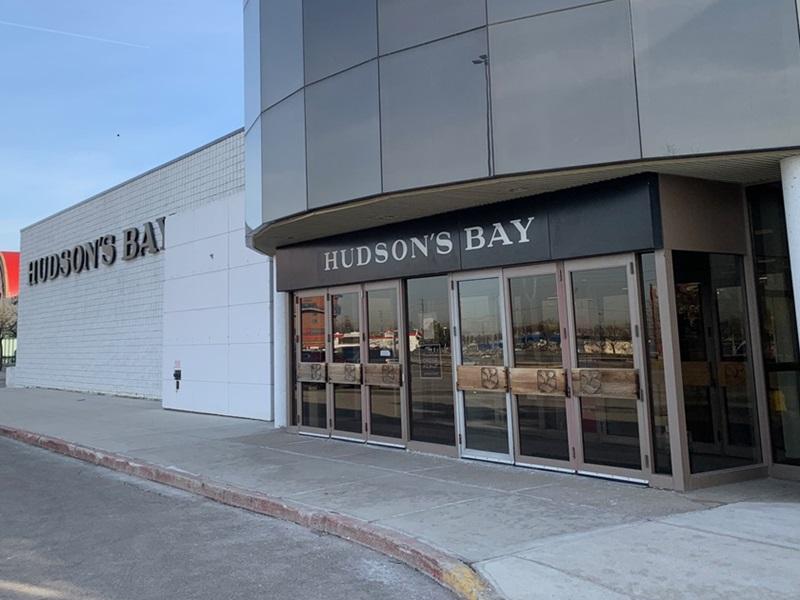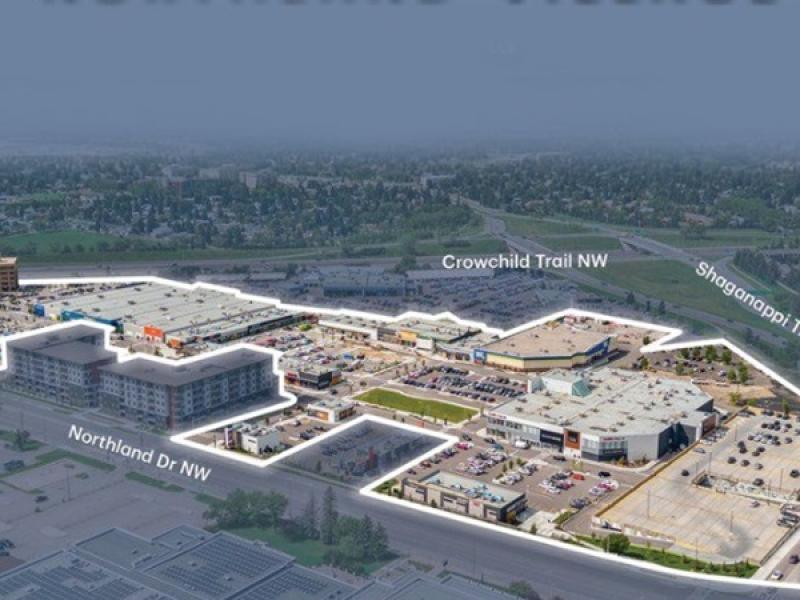The U.S. build-to-rent (BTR) sector has grown at unprecedented levels, with over 110,000 homes under construction in 2025, representing a 53.5 per cent increase over the current supply.
Much of this growth is in low-rise formats: single-family detached homes and townhome clusters designed specifically for rental. These communities are not scattered, investor-owned properties — they are purpose-built, master-planned and institutionally managed.
The momentum comes from several drivers:
- Housing unaffordability: Millennials priced out of ownership want the space of a house without the mortgage.
- Demographics: Baby boomers are holding onto homes longer, limiting resale supply, while younger households seek stability in rentals.
- Institutional investment: Large players like Invitation Homes (80,000 homes), American Homes 4 Rent (60,000), and Progress Residential (85,000) have shifted from acquiring foreclosures to building new rental neighbourhoods at scale. Blackstone’s 2024 acquisition of Tricon Residential further cemented institutional appetite.
- Regional trends: The Sun Belt leads - with Texas alone adding 20,000 BTR homes - but even high-cost coastal states are adapting the model in suburban pockets despite land and zoning constraints.
These communities often function like horizontal multifamily housing: centralized leasing, shared amenities (pools, gyms, playgrounds), and coordinated services such as landscaping. In design terms, this makes them hybrids between suburban subdivisions and multifamily communities, but with a rental identity incorporated from the start.
In Canada: The Opportunity Is Still Untapped
In Canada, purpose-built rental (PBR) is experiencing a renaissance, but almost exclusively in mid- and high-rise formats. Large projects in Toronto and Vancouver (e.g., Sen̓áḵw’s 6,000-unit rental community) are expanding supply, but Canada has yet to embrace the low-rise BTR model that is transforming the U.S. housing landscape.
Some reasons for this gap:
- Policy history: Canadian planning has long prioritized ownership in low-rise areas, while rentals are expected to be apartments.
- Zoning barriers: Large tracts of land zoned exclusively for detached ownership housing limit opportunities.
- Institutional role: While REITs and pension funds dominate urban rental towers, few institutions hold or develop low-rise communities for rental.
In effect, what is being sold as “single-family ownership” in Canada could instead become institutionally held rental neighbourhoods - a model almost entirely absent here.
Why low-rise BTR could transform Canadian housing
If adopted, low-rise BTR could address several Canadian challenges:
- Long-term stewardship: Institutions and cultural landholders (universities, hospitals, faith-based organizations, foundations) could retain land and provide stable rental housing, aligning incentives with durability and community quality.
- Design and street standards: Purpose-built low-rise rental communities give municipalities a chance to rethink ROW widths and block structures. Narrower streets, shorter blocks and integrated open space mean:
-
-
- Lower infrastructure costs;
- Safer pedestrian environments;
- Higher yields without sacrificing quality.
-
- Tenant appeal: Households priced out of ownership still want the “house lifestyle”: a front door, a yard and space for families. Low-rise BTR delivers this as a rental stepping stone.
- Financial resilience: With ownership affordability declining and pre-construction condo demand softening, BTR provides developers and investors a more stable, counter-cyclical product.
A Canadian pilot: What it could look like
Consider any institution with surplus land. Instead of selling, it retains ownership and develops a low-rise BTR community with a third-party builder to deliver:
- Two- to three-storey rowhomes and detached houses;
- Narrow shared streets serving 20 to 30 homes each;
- Centralized community amenities;
- Rents reinvested into the institution’s mission (education, healthcare, cultural programming).
Such a project would combine housing delivery, long-term affordability and public-realm quality - while keeping land under trusted stewardship.
The U.S. has shown that build-to-rent - especially in low-rise form - can grow rapidly when aligned with demographics, investor appetite and design innovation.
Canada, so far, has applied the model only to towers. But with today’s construction costs, the real opportunity lies in low-rise BTR communities: house-scaled living, institutionally held, designed with walkable streets and long-term quality.










